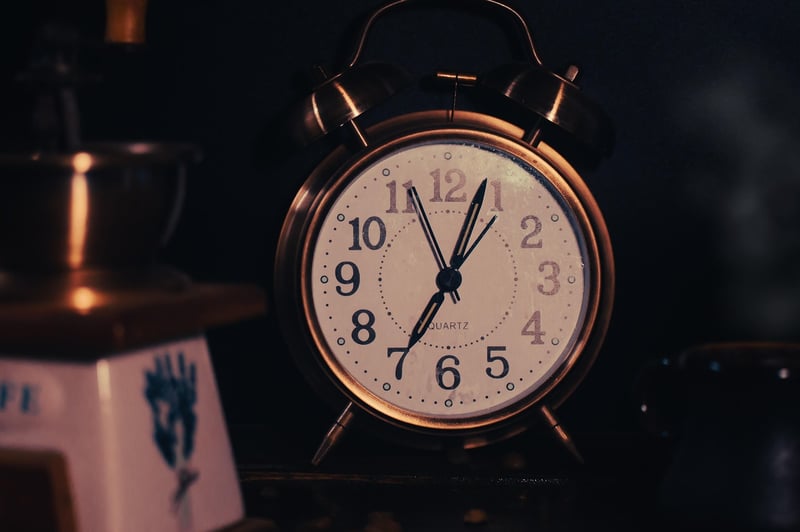Temporal Threats
Avoid Altering the Course of History: Managing Temporal Threats

The Importance of Preserving History
History is a precious record of past events that shapes our present and future. It provides insights, lessons, and a sense of identity. Any alteration to historical events can have unforeseen consequences, leading to a chain reaction of events that could potentially disrupt the fabric of society.
Identifying Temporal Threats
Temporal threats are instances where individuals or groups attempt to change historical events deliberately or inadvertently. Such threats can arise from time travelers, advanced technology, or natural anomalies.
Types of Temporal Threats:
- Intentional Changes: Deliberate attempts to alter historical events for personal gain or ideological reasons.
- Unintended Consequences: Actions taken with good intentions that lead to unexpected alterations in history.
- Technological Interference: Misuse of advanced technology to manipulate the past.
- Natural Anomalies: Spontaneous disruptions in the space-time continuum that result in unintended changes.
Managing Temporal Threats
Preserving the integrity of history requires vigilance and proactive measures to prevent temporal threats. Here are some strategies to manage temporal risks:
- Establishing Temporal Security Protocols
- Monitoring Historical Nexus Points
- Training Temporal Agents
- Implementing Temporal Prime Directive
- Collaborating with Chrono-Regulatory Bodies
Conclusion
By recognizing the importance of history and understanding the risks associated with temporal threats, we can work towards safeguarding the integrity of the past. It is essential to uphold the principle of non-interference and ensure that the course of history remains intact for the benefit of all.
Remember, the past shapes the present, and the present shapes the future. Let us preserve the timeline for generations to come.

